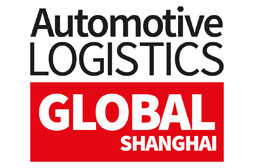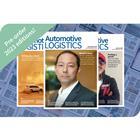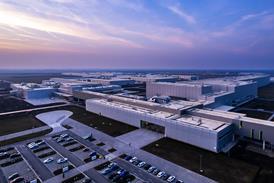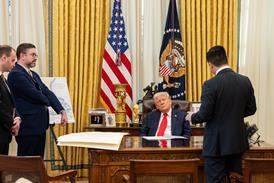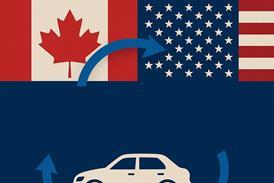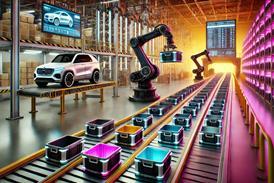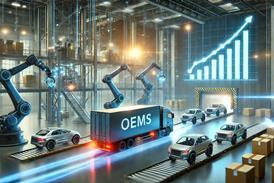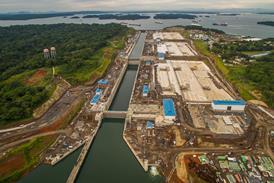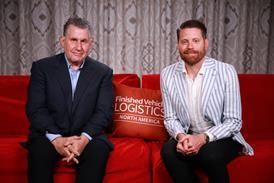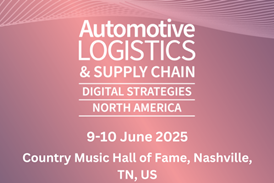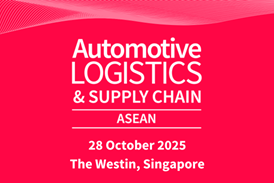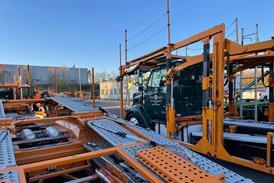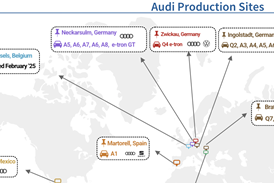Ian Henry
Contact info
- Email:
- IanHenry@a.c
 Feature
FeatureComment: It’s carmaking, Jim, but not as we know it – Grenadier turns industry logic on its head
Led by Jim Ratcliffe, chemicals company Ineos – which also has interests in cycling and football – is now diversifying into the automotive industry. But the economics of its project to build a successor to the Land Rover Defender are questionable in terms of the logistics and also the current trading environment faced by Brexit Britain…
 Feature
FeatureCan Central Asia be transformed into an automotive hub?
Two of the largest former soviet republics, Uzbekistan and Kazakhstan, have set their sights on growing an automotive sector as they industrialise and modernise their economies. These Cental Asian nations are now focusing on strengthening their supply bases to boost local production.
 Feature
FeatureThe facts don't support the idea of 'global Britain'
One of the claims repeated by proponents of Brexit is that ‘global Britain’ will be able to exploit the many opportunities of free trade open to it when the country leaves the EU, whether on World Trade Organization (WTO) terms or not. But this view fails to take into account how the global automotive industry works – and, specifically, the UK’s place in it. Let’s look at the facts.
 Feature
FeatureWhy the UK’s aim to be a world leader in EVs is nothing but a dream
We haven’t yet heard from members of the UK’s new, Boris Johnson government on its vision for EVs, but every time a member of Theresa May’s government spoke about the car industry, you were almost guaranteed to hear them say that the UK was going to be a world leader in electric vehicles (EVs). The idea is, in fact, laughable…
 News
NewsNon-EU markets will not save UK automotive in a no-deal Brexit
One of the regular mantras repeated by proponents of Brexit is that ‘global Britain’ will be able to exploit the many opportunities of free trade open to it when the country leaves the EU, whether on World Trade Organization (WTO) terms or not. As far as the UK’s automotive manufacturing ...
 Feature
FeatureIran’s automotive industry left to rust
US-led sanctions have devastated Iran’s automotive industry, disrupting its supply of components and causing production to fall. Automotive Logistics assesses the damage
 Feature
FeatureEnergising the synergising
Renault and Nissan began their wide-ranging alliance and set up cross-shareholdings in each other back in 1999, and since then Daimler, Avtovaz and most recently Mitsubishi have also become part of this evolving structure. Numerous shared vehicle platforms, manufacturing and logistics operations and back-office functions have been developed. Furthermore, impressive ...
 Feature
FeatureStandoff between the US and Turkey raises questions for OEMs
The collapse in the value of the Turkish lira and the political stand-off between Turkey and the US have some potentially serious consequences for the continued growth of the automotive sector in the country.
 Feature
FeatureAfter Marchionne, what next for Fiat Chrysler?
Sergio Marchionne (pictured), former CEO at Fiat Chrysler Automobiles (FCA), was a remarkable man. He frequently dominated the automotive industry’s headlines and news agenda over the last decade or so and his recent passing away robs the industry of one of its few stars. In an age when corporate suits ...
 Feature
FeatureTrump stamps on Iran’s automotive revival
When Iran reached agreement with the global community in 2015 regarding denuclearisation, resulting in the lifting of sanctions in early 2016, almost immediately Renault and PSA announced their return to the country. Prior to Iran being ostracised, both companies had been active there via joint venture (JV) manufacturing operations, mostly ...
 Feature
FeatureSeating analysis: Not sitting pretty for long
The modern vehicle seat is a sophisticated item and suppliers require very specific supply chain strategies of their own to stay competitive. Automotive Logistics provides an overview of this fast-changing sector
 Feature
FeatureBinding ambition at Toyota Manufacturing UK
TMUK is developing its logistics efficiency even more closely in line with the Toyota Production System and proving it can manage complex supply chain changes, writes Ian Henry
